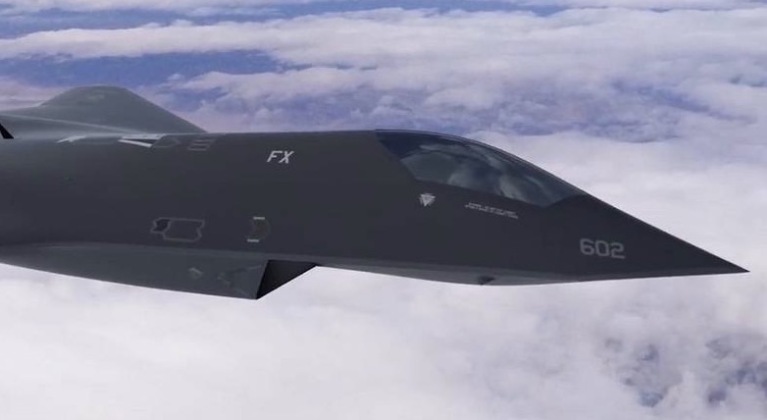News
America’s Sixth Generation Fighter Program Begins Engineering, Manufacturing, and Development Phase
Following reports in 2020 that the first technology demonstrator for development of an American sixth generation fighter had begun test flights, the Next Generation Air Dominance (NGAD) fighter program was reported on June 1 to have begun its engineering, manufacturing, and development (EMD) phase. Air Force Secretary Frank Kendall announced that the goal would be to turn the program into a real capability before 2030, with concerns that China’s own rival program could produce an operational fighter faster making rapid development a high priority. “We have now started on the EMD program to do the development aircraft that we will take into production,” he stated, before elaborating regarding the technology demonstrator previously flown: “So we basically had an X-plane program, which was designed to reduce the risk in some of the key technologies that we would need for a production program.” Kendall further stressed the importance of speed in development, stating that he was “not interested in demoing experiments unless they are a necessary step on the road to a new capability… we should go right to development for production and get there as quickly as we can.”

The NGAD program is intended to furnish the U.S. Air Force with a successor to the fifth generation F-22 Raptor and its predecessor the fourth generation F-15 Eagle. With the Raptor seeing orders to terminate production given less than four years after it entered service, the F-15 has remained on production lines far longer than expected and is still being manufactured today 50 years after its first flight in 1972. As the F-22 faces a range of issues particularly pertaining to its maintenance needs, seeing its avionics fall increasingly behind the cutting edge, and slated for a very early retirement from service, the need for a viable post fourth generation air superiority fighter has been increasingly critical. Progress in China’s own fifth generation air superiority fighter program the J-20, which is today being produced at over 30 airframes per year, fast receiving upgrades, and has cutting edge avionics on par with America’s fifth generation strike fighter the F-35, has made the position of the American fleet appear particularly dire. With the Presidential Fiscal Year 2023 defence budget request allocating $1.7 billion for the NGAD program, whether the fighter it produces will be similarly problematic to the F-22, what new technologies it will introduce, and how it will compare with its Chinese rival thought to be at a similarly advanced stage of development, all remain highly uncertain. The affordability of the fighter and the numbers in which it may be built, with each airframe set to cost several hundreds of millions of dollars, also remains to be seen but a fleet size a fraction of the size of even the small F-22 fleet remains likely.












